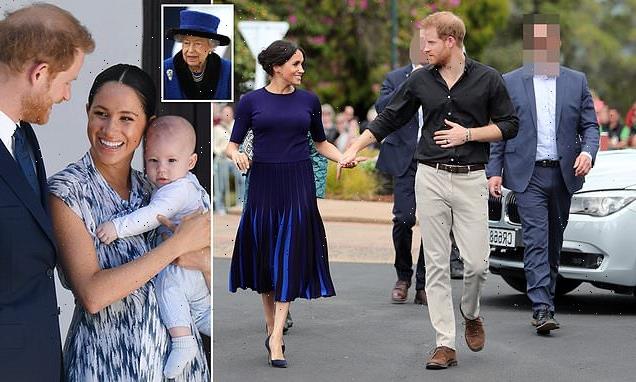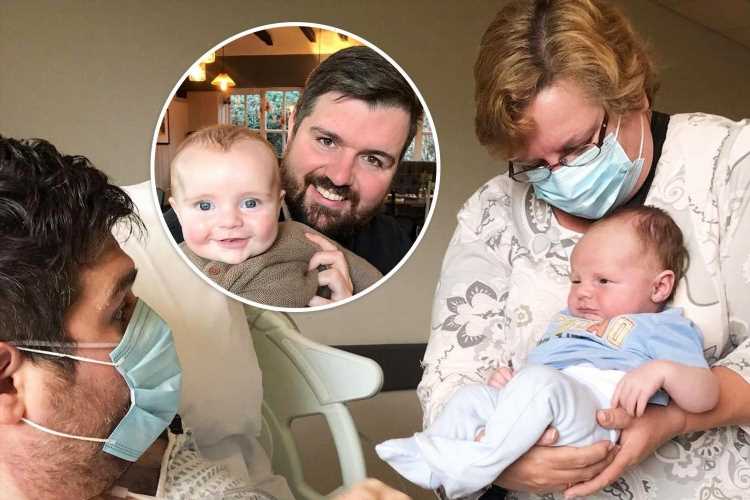
- Before you get a lip piercing, there are a few things you should know.
- A professional piercer is answering the most piercing questions about lip piercings.
- Find out how much it hurts, what the aftercare is like, and what the risks of lip piercings are.
Aside from getting a new tattoo, piercings are another way to dress up your appearance and show off your personal style in a bold way. Maybe it’s the stress of the pandemic pushing people to seek new ways to express themselves, maybe Cardi B’s little piercing party inspired the masses, but body jewelry appears to be on the minds of a lot of people right now. So much so, “lip piercings” was the fifth most searched for lip term on Pinterest, according to its last trend report.
Unlike the numerous ear piercing options available, or even belly button piercings, lip piercings remain somewhat of a mystery to people. To help demystify this body jewelry location, we asked a professional piercer to share everything you should know about lip piercings. Keep reading to get the scoop.
What Are the Different Types of Lip Piercings?
It may come as a surprise to you that just as there are different piercing locations on the ear with their own names (conch, helix, tragus, etc.), the same goes for the lip. “The internet loves to make up new names for old things, and for that reason, you might find many conflicting nicknames for different lip piercings and piercing combinations,” Johnny Pearce, a piercer at Nine Moons Piercing in NYC, told POPSUGAR. However, professionals recognize nine different locations. They are:
- Traditional lip piercing (side of the lower lip)
- Traditional upper lip piercing (side of the upper lip, aka the Monroe)
- Philtrum piercing (center of the upper lip)
- Labert piercing (center of the bottom lip)
- Vertical labret piercing (vertically through the center of the bottom lip)
- Vertical philtrum piercing (vertically through the center of the upper lip)
- Inverse vertical labret piercing (middle of the bottom lip)
- Low-bret piercing (underneath the bottom lip)
- Upper and lower frenulum webbing piercing (connective tissue of the upper and lower lip inside your mouth)
How Much Do Lip Piercings Hurt?
“This is probably the most reoccurring question that piercers get asked,” said Pearce. It’s also the hardest to answer. “I wish there was a straightforward answer that would apply to everyone, but the truth is that every person is physically and biologically unique.” Pain tolerance varies from person to person, therefore there is no one-size-fits-all measure of pain. But Pearce does have some words of encouragement: “You are stronger than you know and we believe in you. You’ve totally got this.”
What Are the Risks of a Lip Piercing?
The risks and possible complications of any piercing are far less likely if you see a trained professional, but that’s not to say they’re impossible. “Every type of oral piercing poses an additional risk of long-term oral damage,” said Pearce. If done incorrectly, the jewelry of lip piercings can slowly wear down the protective enamel on your teeth or contribute to gum erosion, and “these are both things that your body doesn’t naturally regenerate.”
How Long Does It Take For Lip Piercings to Heal?
Because every body is different, there’s also no guaranteed healing time. However, lip piercings typically take between two-to-three months to heal, as is the case with most oral piercings. “However, it wouldn’t be unheard of for some individuals to take a little longer under certain circumstances or conditions,” said Pearce. In cases of infection or irritation, your piercing may take a bit longer than usual to fully heal.

What Is the Aftercare For Lip Piercings?
The aftercare for lip piercings is not dissimilar to other types of body piercings. Rule number one: don’t touch it. “Touching your piercing transfers bacteria directly into an open wound, which can lead to an infection and the requirement of a medical professional,” said Pearce. “The world is a dirty place, but by following proper aftercare instructions and educational information dispensed by your piercer, you can help minimize the risk or possibility of an infection.”
On that note, you also shouldn’t twist, rotate, or move the jewelry in your piercing as it “disturbs the regenerating tissue that your body makes during the healing process.” Some mild pain and discomfort during the healing process are normal, but the less you mess with your piercing the better. That means don’t sleep on it (so for lip piercings, avoid sleeping on your stomach) and be extra careful not to snag it on clothing when getting dressed.
Using saline spray is a great and gentle way to keep your lip piercing clean (avoid using harsh products like rubbing alcohol, hydrogen peroxide, and soaps). “Your body will create exudate (not pus) and fluids during the healing process,” he said. “This is normal and means your body is doing its job.” When it hardens and crusts around the jewelry simply let water run on it in the shower or use a saline spray to rinse it to help remove them. “If there are any crusties left over, leave them — they are not ready to come off yet and picking at them may cause irritation/bumps.” And when in doubt, contact your piercer with any questions.
Can You Eat and Drink With a New Lip Piercing?
Because it’s on your mouth, you may wonder if you’ll have to change your eating habits while your lip piercing is healing, but the answer is no. “You can eat any food that you like, as long as it’s not painful or uncomfortable,” said Pearce. “Be sure to drink cold bottled water after consuming your meal and beverage to help remove residual food debris.”
When Should You See a Professional About Your Lip Piercing?
Even if things are going great with your lip piercing, you should still return to see your piercer for a checkup appointment four-to-eight weeks after getting it. “This will allow them to assess your piercing and potentially downsize the jewelry,” said Pearce. “If the jewelry is not downsized, it can delay the healing process and cause some problems.”
Source: Read Full Article


